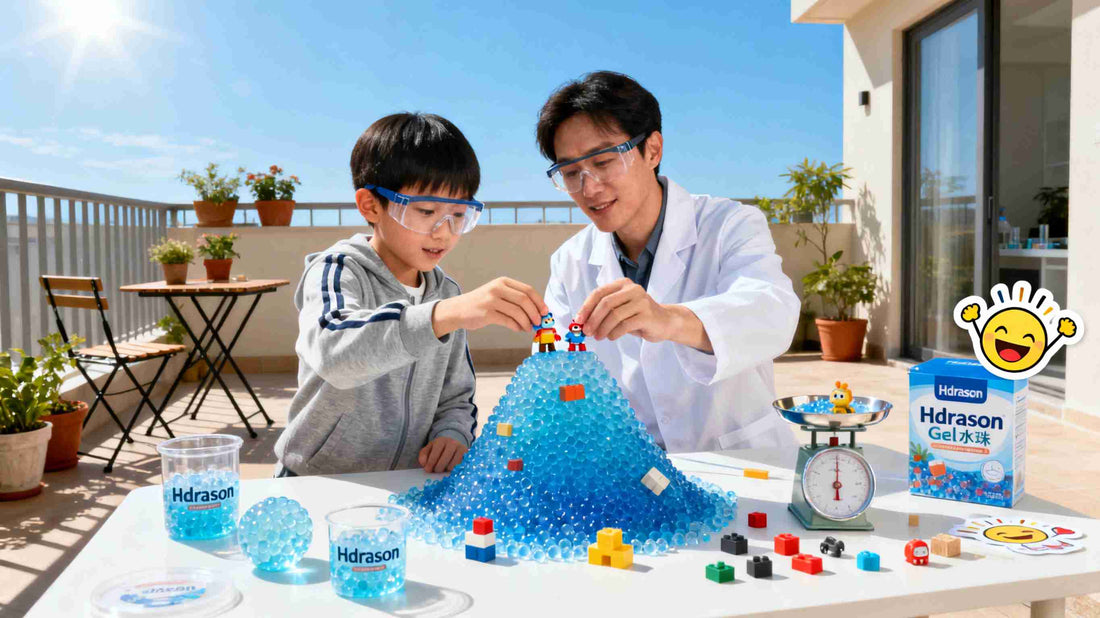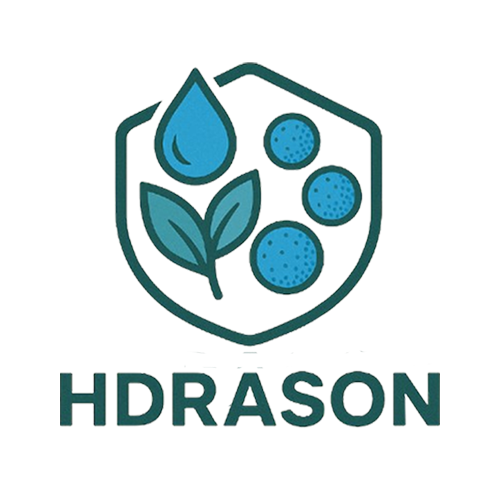
Hdrason Water Beads Safety Guide: Ensuring a Safe Experience for All Ages
Share
As a popular sensory play material, Hdrason water beads' safety is always a top priority for users. This article provides a comprehensive safety guide, covering age-appropriateness recommendations, supervision requirements, emergency procedures, and safety precautions for long-term use, ensuring everyone can safely enjoy the fun of water beads.
Age appropriateness is the primary consideration for safe use. Official recommendations for water bead activities are for children aged 3 and older and must be conducted under direct adult supervision. For children aged 3-5, activities should be designed to prevent the risk of accidental ingestion. It is recommended to use large water beads (over 10mm in diameter) and count the beads before and after the activity. Children aged 6-12 can participate in more complex water bead activities, but regular supervision is still required. Adolescents aged 13 and older and adults can use water beads independently, but basic safety protocols must still be followed.
Supervision requirements include several key aspects: Before the activity, the integrity of the water beads should be inspected and any damaged or spoiled beads should be discarded; one-on-one supervision should be maintained during the activity to ensure participants do not put the water beads in their mouths, noses, ears, or other areas; and hands and the work area should be thoroughly cleaned after the activity. It is particularly important to note that the water beads are small in size when dry and can be easily ingested. Therefore, they should be clearly labeled and stored out of the reach of children.
Emergency response procedures are essential knowledge for every user. In the event of accidental ingestion, contact a healthcare professional immediately and provide information on the product's ingredients (sodium polyacrylate). If the water beads enter the nasal cavity or ear canal, do not rinse with water, as this may cause further swelling. Seek professional medical attention. For skin contact, although the water bead material is generally non-irritating, people with sensitive skin are advised to apply hand cream after use.
Environmental safety is equally important. When using water beads, use a non-slip mat and promptly clean up any spills to prevent slips and falls. Avoid pouring water beads into drainage systems to avoid clogging pipes. After the activity, collect the water beads using a sieve or filter cloth and store or dispose of them properly.
Product quality directly impacts safety. Choose products that meet international safety standards (such as ASTM F963 and EN71) to ensure they are free of harmful chemicals. Legitimate products should provide complete ingredient lists and safety data sheets. Avoid products from unknown sources or without quality assurance.
Special populations require special attention. Individuals with cognitive impairments or sensory processing disorders should use the product under the guidance of a qualified therapist. Pregnant women and those with compromised immune systems should consult a doctor. Those with a history of allergies can undergo a skin test before first use.
Education and guidance are effective ways to prevent safety accidents. Teach children the correct way to use water beads and establish clear rules for activities, such as "play with fingers only," "keep away from face," and "wash hands after activity." Use pictures, songs, and other fun activities to help children remember these safety guidelines.
Long-term maintenance recommendations include: regularly replacing water beads (generally after 5-6 uses); soaking in purified water to prevent bacterial growth; adding a small amount of salt during storage to inhibit microbial growth; and storing water beads from different users separately to prevent cross-contamination.
Environmental responsibility is also an important component of safe use. Choose biodegradable water beads to avoid long-term environmental impact. Dispose of used beads properly and avoid discarding them in the natural environment. Encourage reuse to reduce resource waste.
By following these detailed safety guidelines, Hdrason water beads can become a safe and beneficial tool for entertainment and education. Safety awareness should be integrated into every aspect of use, ensuring that innovation and fun are built on a solid foundation of safety. Remember, responsible use not only ensures immediate safety but also fosters lifelong safety habits and environmental awareness.
Next article:Hdrason Water Beads in Plant Care
